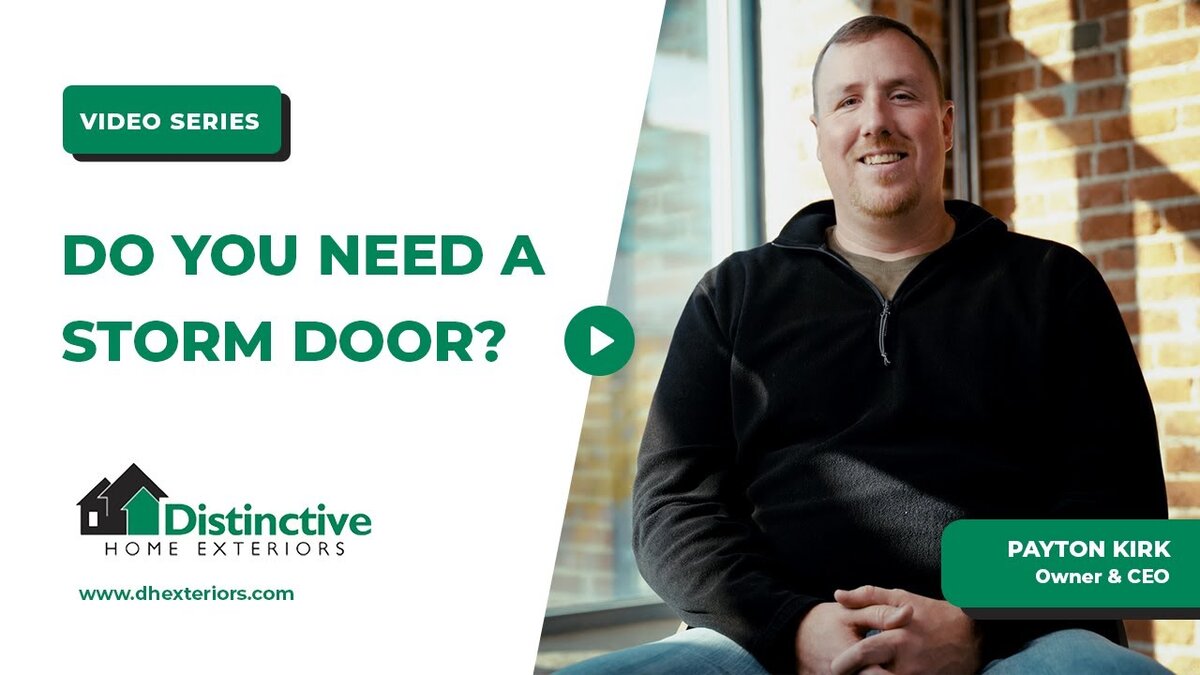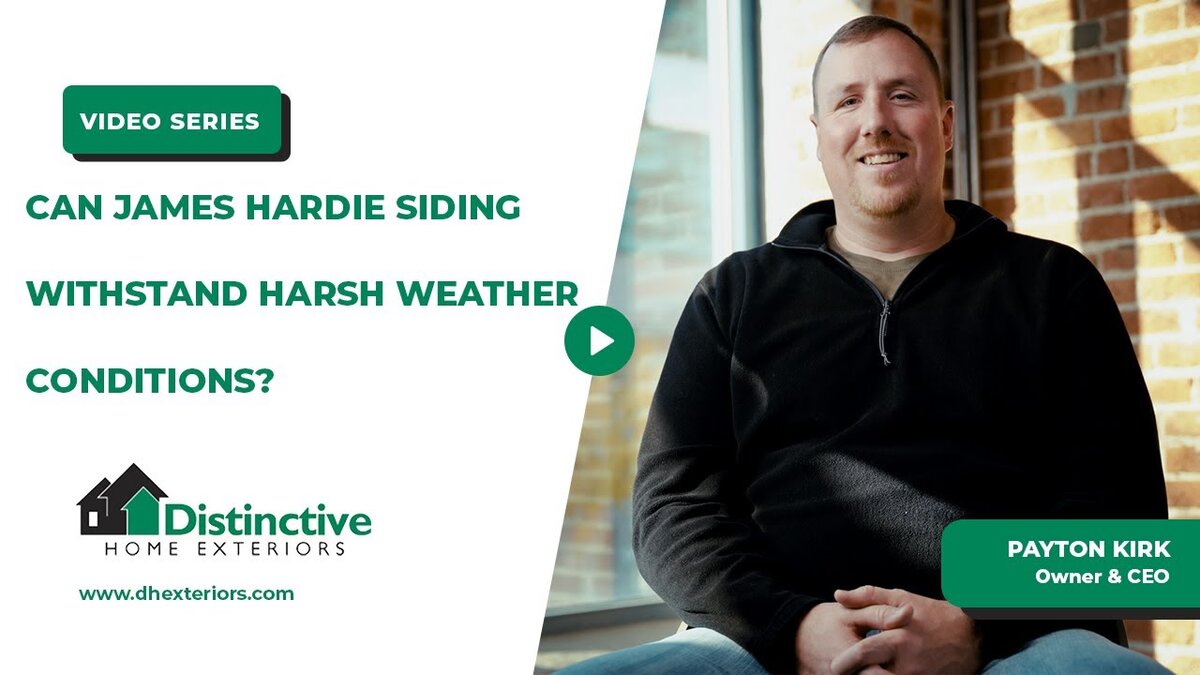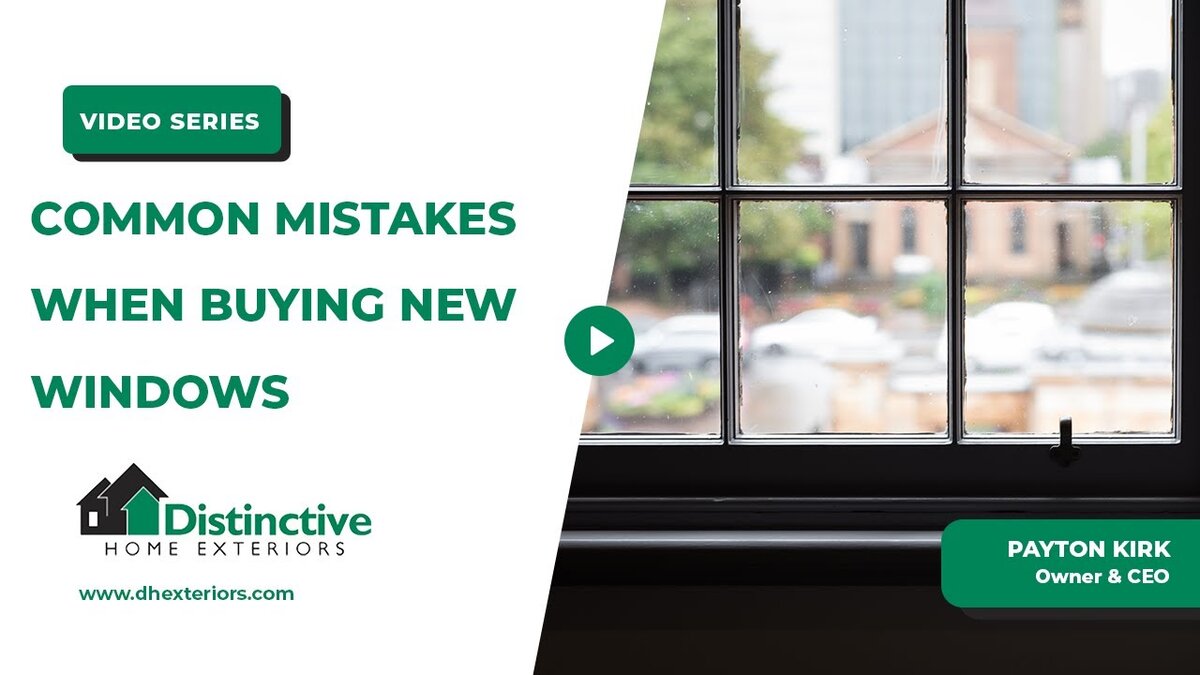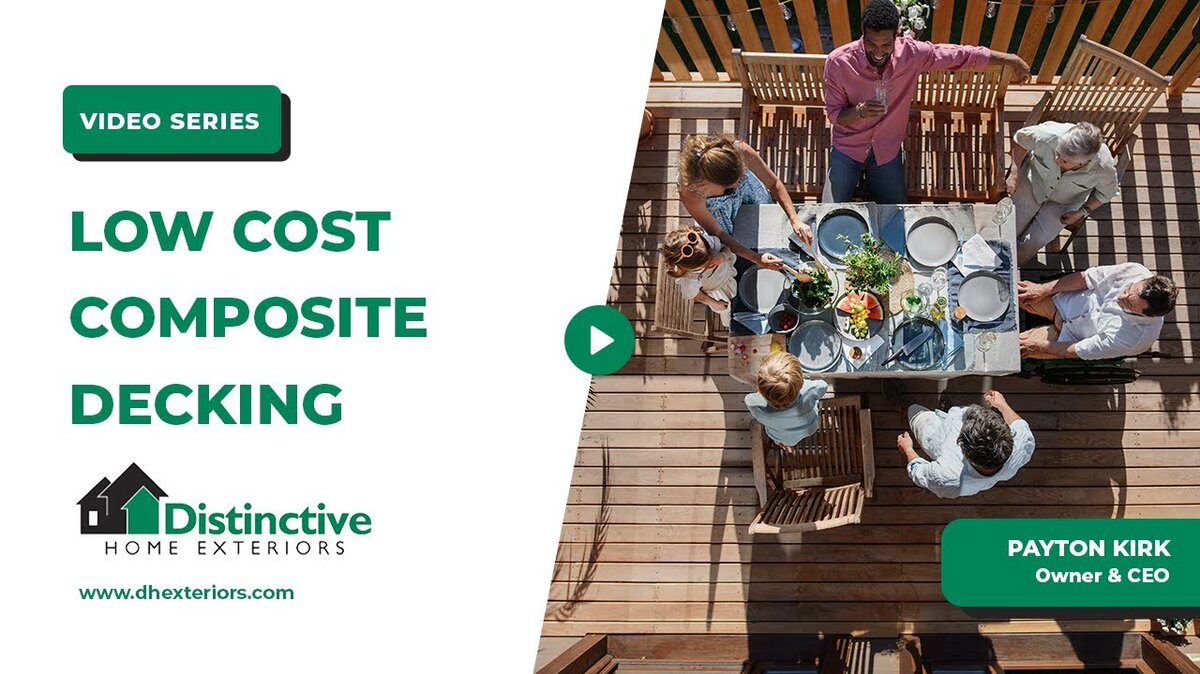For homeowners looking to revamp their exteriors, the choice of siding material plays a pivotal role. Engineered wood siding has gained significant traction, especially in regions like Kansas City. In this article, we’ll delve into the pros and cons of engineered wood siding.
The Rise of Engineered Wood Siding in Modern Construction
In areas like Kansas City, the prominence of engineered wood, especially in new constructions, is hard to overlook. Notably, many homes feature this material on at least three sides, but there’s pros and cons of engineered wood siding. While its popularity is evident, it’s essential to understand the factors driving this preference and where caution is needed.
Pros of Engineered Wood Siding
Authentic Aesthetic Appeal
One of the standout attributes of engineered wood is its visual appeal. By design, it brilliantly emulates the appearance of sawn wood. Holding both paint and stain commendably, it offers homeowners an authentic wood look, proving to be an ideal choice for those inclined towards a natural aesthetic.
Impact Resistance
For homes situated in areas prone to stray balls, such as near golf courses, engineered wood siding emerges as a resilient choice. Boasting an impressive impact resistance, it rarely exhibits breakage even under significant force, unless we’re discussing extreme events like tornadoes.
Ease of Installation
Over the past decade and a half, the installation process for engineered wood siding has seen noteworthy simplifications. Innovations like one-piece corners and an expanded product lineup ranging from fascia to siding have made the installation more straightforward than ever.
Another upside is the lack of need for specialized tools, making it versatile and more adaptable than some other siding materials.
Cons of Engineered Wood Siding
Installation Concerns
The longevity of engineered wood, comparable to fiber cement or vinyl, often hinges on proper installation. One recurring issue is improper or incomplete installation, leading to moisture absorption. Such oversight can curtail the material’s lifespan and compromise its ability to perform as intended.
Nature of the Material
Being wood-based, engineered wood sidings incorporate compounds to bolster their resistance against the elements, such as rot and wind. While this enhances its durability, it’s crucial to remember that its core remains wood. Therefore, proper care and maintenance are essential to prevent unwanted moisture absorption and ensure the siding’s longevity.
Brand Matters: Pros and Cons of Engineered Wood Siding
Quality varies across brands. Established brands like LP SmartSide have earned their reputation by offering quality products that, when properly installed, can last for years. However, some products from now-defunct companies might still adorn homes but may not represent the best of what engineered wood has to offer today.
The products available now are significantly superior to those from 25 years ago, ensuring homeowners receive the best.
Conclusion: Pros and Cons of Engineered Wood Siding
For those desiring a genuine wood-like appearance for their home exteriors, what could be better than a wood-based siding? Engineered wood sidings, with their benefits and certain challenges, present a compelling option.
It’s essential to approach this choice with all the facts in hand, ensuring that the selected siding aligns with individual needs, preferences, and the home’s unique conditions. If you have any questions, don’t hesitate to contact us.





